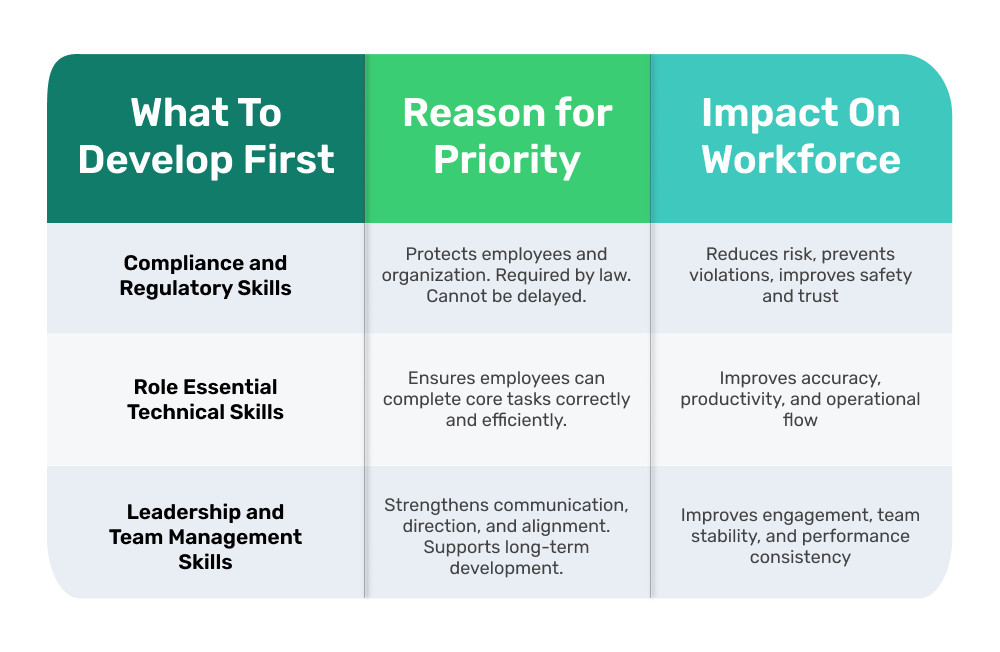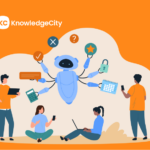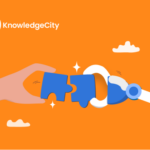Choosing which skills leaders should develop first is not a simple decision. HR and L&D professionals see the impact every day when skill gaps slow down progress, create confusion, or make it harder for teams to adapt. Leaders often want to improve many areas at once, but without a clear order of priority, development efforts lose focus, and results become inconsistent.
Skill prioritization matters because organizations do not have unlimited time or resources. What leaders strengthen first influences how well they guide their teams, how they handle change, and how effectively they support business goals. When the right skills are developed at the right stage, leaders gain confidence, teams operate with more clarity, and learning investments create positive improvements across the organization.
This blog explains which skills should be prioritized first and why these foundational areas support stronger performance for both employees and leaders.
What Should Be Developed First: The Three Skills That Always Come Before Everything Else
No matter the industry, business model, or organization size, there are three categories of skills that must always be developed first because they form the foundation of safe, compliant, efficient, and stable performance.
These three categories are:
Everything else builds on these. When these three areas are strong, the workforce is protected, productive, and aligned. When they are weak, no amount of advanced training will fix the performance gaps that appear later.
Let’s explore why these three must come first and how to structure them in a practical order.
1. Develop Compliance and Regulatory Skills First
Compliance training protects employees, prevents penalties, reduces accidents, and ensures the organization operates legally and responsibly. It is the one training category that cannot wait because the consequences of ignoring it affect safety, performance, and continuity.
Compliance topics vary across industries but often include:
- Safety requirements
- Harassment prevention
- Data privacy and confidentiality
- Cybersecurity basics
- Industry-specific regulations
- Ethical conduct
These are the first skills employees must have because they govern how work can legally and safely take place. If employees do not meet these standards, it affects every part of the business.
Why compliance comes first:
It protects the organization before focusing on performance improvement. It ensures employees do not unintentionally violate regulations. It lowers liability. It creates a safe baseline for all other training.
2. Build Role Essential Technical Skills Second
Once compliance expectations are met, the next step is ensuring employees know how to perform the actual tasks required in their jobs. These skills directly influence productivity, accuracy, and quality.
Role essential skills include:
- Job-specific technical knowledge
- System and software proficiency
- Equipment operation
- Workflow accuracy
- Operational procedures
These skills come immediately after compliance because they determine whether employees can meet core responsibilities without errors, delays, or support bottlenecks.
Why role essential skills come second:
Employees must be able to perform their daily tasks with confidence before developing higher-level competencies. Technical proficiency directly affects operational flow and customer experience. Without it, teams cannot meet deadlines or maintain quality.
3. Strengthen Leadership and Team Management Skills Third
After compliance and technical proficiency are established, the next priority is leadership capability. Strong leadership makes all other training more effective. Poor leadership weakens even the most well-designed development initiatives.
Leadership skills that should be prioritized include:
- Clear communication
- Delegation
- Emotional Intelligence
- Team alignment
- Coaching and feedback
- Decision making
- Conflict resolution
- Employee support during change
These skills support team stability. They help managers guide employees who are learning new responsibilities. They improve engagement and reduce turnover.
Why leadership skills come third:
Managers create the environment in which all skills are applied. Strong leadership raises performance across every team. Weak leadership causes confusion, delays training impact, and increases resistance to change.
The First Three Priorities in One View
This sequence gives organizations a dependable starting point for every training plan.
What Comes After the First Three Priorities
Once the foundation is in place, HR and L&D leaders can begin developing higher-value skills that improve agility, collaboration, and long-term competitiveness.
These include:
- Communication and interpersonal capabilities
- Problem solving
- Time management
- Innovation and creativity
- Data literacy
- AI awareness
- Cross-functional collaboration
These skills become powerful only when the first three priority levels are already strong.
How HR and L&D Leaders Can Choose What to Develop First in Their Organizations
Even though the first three categories stay the same, the specific skills inside those categories depend on the organization. HR and L&D leaders can make accurate decisions by following a simple and evidence-driven approach.
Step One: Identify the highest risk areas
Which skills, if missing, create legal, safety, or operational consequences?
Step Two: Identify role essential skill gaps
Which tasks can employees not perform easily, accurately, or confidently?
Step Three: Assess leadership stability
Which managers need support to guide teams effectively?
Step Four: Confirm with business goals
Which priorities does leadership expect to achieve in the next 12 to 24 months?
This sequence ensures training efforts are targeted and meaningful.
Build a Training Roadmap That Reflects These Priorities
Once the first three skill areas are identified and confirmed, HR and L&D professionals can build a clear roadmap that outlines which teams receive which skills and when. This helps everyone stay aligned and supports efficient planning.
A strong roadmap includes:
- Priority level
- Skill group
- Targeted roles
- Timeline
- Delivery format
- Expected outcomes
This structure helps training stay focused and connected to real results.
So, What To Develop First?
The question of what to develop first is not a guessing game. Most effective organizations follow a clear sequence that protects employees, strengthens performance, and prepares teams for future challenges.
- Compliance comes first.
- Role essential skills come second.
- Leadership skills come third.
Everything grows from this foundation.
With this structure, HR and L&D leaders can prioritize confidently, distribute resources wisely, and build a workforce that is fully prepared for both current expectations and future opportunities.
How KnowledgeCity, The Best Employee Training Platform in the USA, Enhances Skill Prioritization
KnowledgeCity provides a complete learning platform that builds every essential skill, from compliance and technical expertise to leadership capabilities. The AI-powered Training Needs Analysis (TNA) and Competency Mapping tools identify gaps and recommend targeted learning paths, while expert teams deliver detailed skills analysis tailored to organizational needs. With KnowledgeCity, HR and L&D professionals can prioritize training confidently, strengthen workforce performance, and ensure teams are fully prepared to meet current business demands and future growth opportunities.
Subscribe to Our Newsletter
Join 80,000+ Fellow HR Professionals. Get expert recruiting and training tips straight
to your inbox, and become a better HR manager.



 KnowledgeCity
KnowledgeCity 












